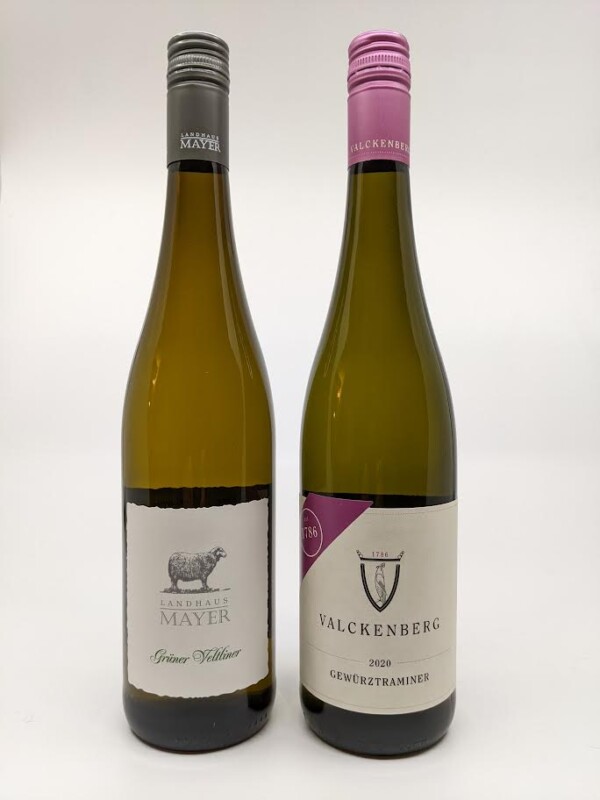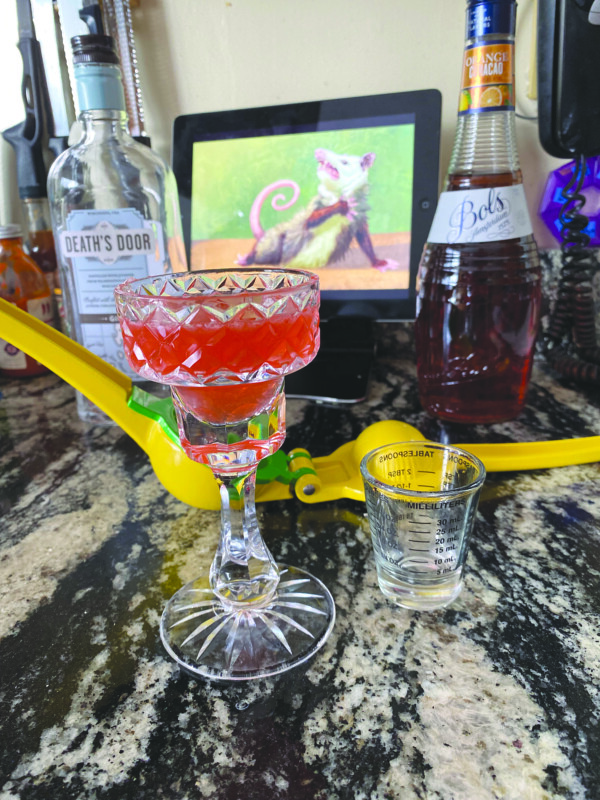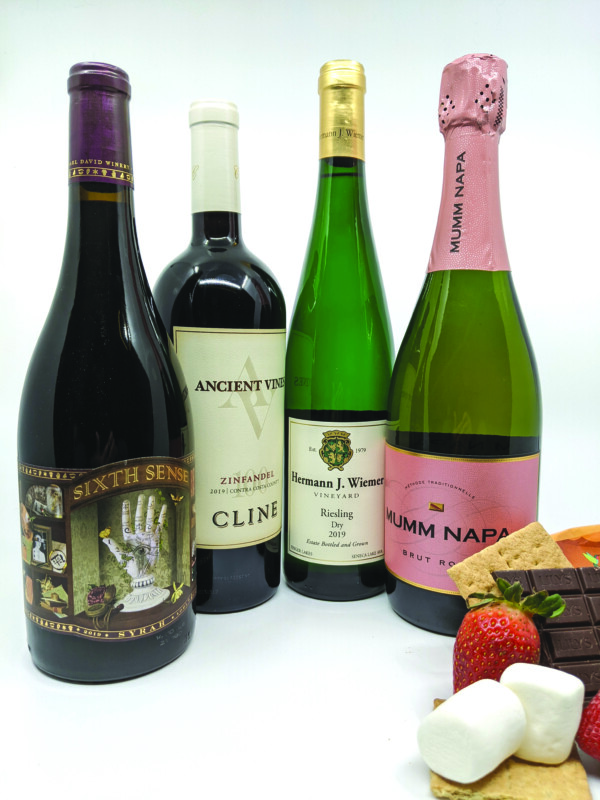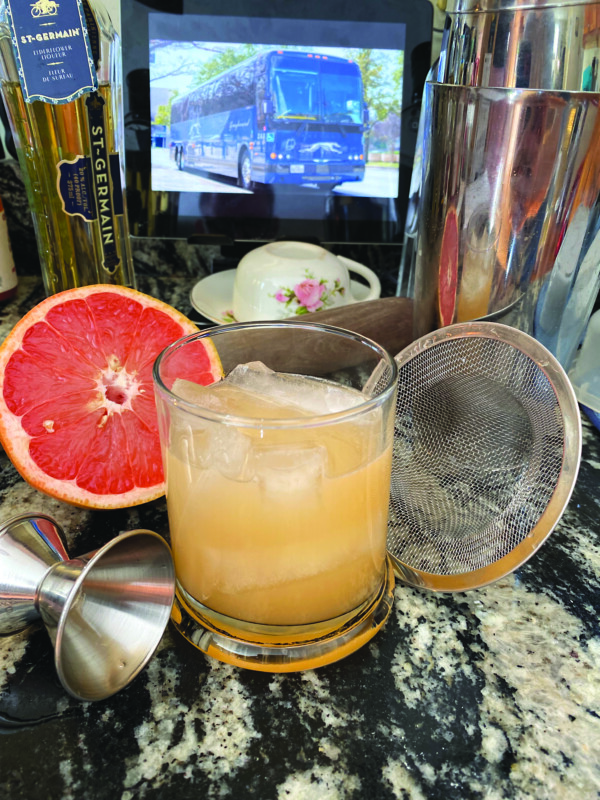Beer and skiing: Yeah, they go together
I’ve snowboarded, or well, known how to snowboard for, I don’t know, 15 years, even if there’s about a 10- to 12-year gap in that window where I didn’t even look at my snowboard.
I’m not good at it and I still get stressed out about getting off the chairlift — and even if I manage to stay upright, I’ll probably knock over whoever is next to me. A three-seater? Forget it.
I met some friends at Pats Peak last year for an evening on the slopes. It reminded me of why it’s such a literal high to experience the rush of the mountainside.
The thing is, hitting the slopes is tiring, and if you’re on the mountain for an extended period of time, a beer or two to break up the day is just a winning move.
You do have to be careful. After you’ve taken a few runs, whatever beer you choose is going to taste very, very good. You’re going to want another. But don’t do it.
Let’s develop a game plan together so you can experience the mountain and have your beer.
Start your morning — without any beer. Let’s be real. Have a cup of coffee, have breakfast and get out there. The morning is going to be your longest stretch skiing or snowboarding. Give yourself a solid two to three hours to embrace the cold.
At lunchtime, grab something light and refreshing, such as the Czech Pilsner by Moat Mountain Brewing Co., which is crisp, light, bright and yet still flavorful, or Tuckerman Brewing Co.’s Pale Ale, which gives you a little fix of hops, a little bitterness and a nice, smooth finish. A tart Berliner weisse, such as Pulp Up the Jam Vol. 11 by Kettlehead Brewing Co., would be another nice choice.
At this stage, anything heavier like an IPA or a stout is just going to bog you down, and you have more skiing to do.
Now, you’ve had lunch and a beer, and you’re staying hydrated because you’re responsible. You felt the rush in the morning, explored some trails, and maybe challenged yourself a little bit. The afternoon can be a little less aggressive. Don’t worry about pushing your limits. Take in the scenery. Cruise some easy trails. Offer some pointers to beginners as you glide by because they always love that.
After a couple more hours of relaxing skiing or snowboarding, it’s time to take a break with something that packs a little more of a punch and a little more hop character, like the Mountain Haze New England IPA by Woodstock Inn Brewery, a beer that is still pretty easy to drink but with a little more in-your-face flavor. Another nice option would be a Stoneface Brewing Co. IPA — you just can’t go wrong with that. The Combover IPA by Schilling Beer Co. would be another game winner.
At this stage you may be feeling a bit tired. Get over it. You need to get back out there one more time, just for a couple more runs. This is your last chance to take it all in. Maybe you can time it right to catch the sun setting.
Take those last couple of runs, embrace the moment, and then close out the day with something rich, dark and decadent, like a Meltaway Milk Stout by Breakaway Beerworks, which is a just a creamy bomb of roasted malt and smooth chocolate-coffee sweetness. Another tremendous option would be to grab a Gunner’s Daughter milk stout by Mast Landing Brewing Co., which rewards you for going back out a third time with a luscious brew bringing together big flavors of chocolate, coffee and peanut butter.
You did good today.
What’s in My Fridge
Shipping Out of Boston Amber Lager by Jack’s Abby Craft Lagers (Framingham, Mass.) This easy-drinking amber lager is the perfect change-of-pace beer, particularly when you’ve had enough of IPAs, and when you aren’t in the mood for something super heavy or something super light. With a welcoming malty character, it’s incredibly drinkable, flavorful and just simply enjoyable. Cheers!
Featured photo: Gunner’s Daughter by Mast Landing Brewing Company. Courtesy photo.







